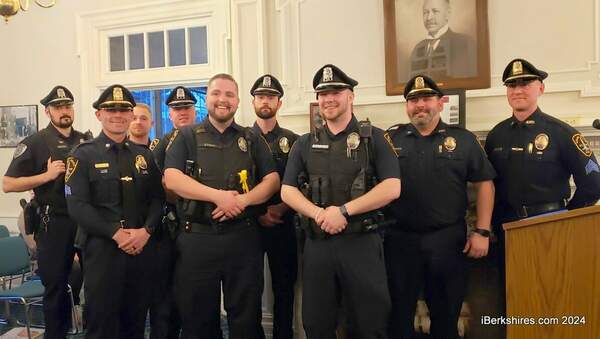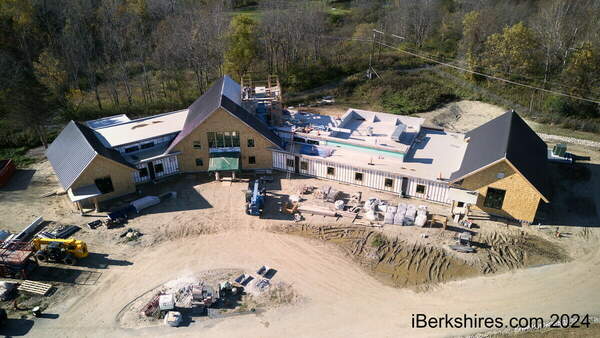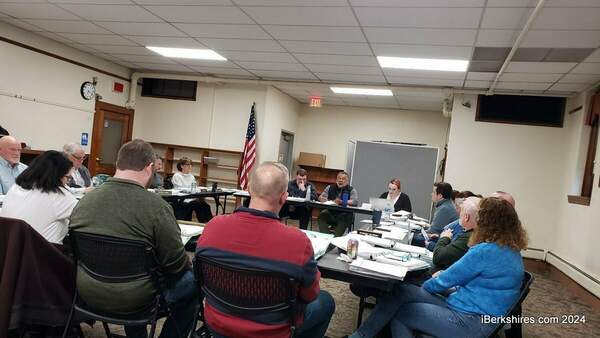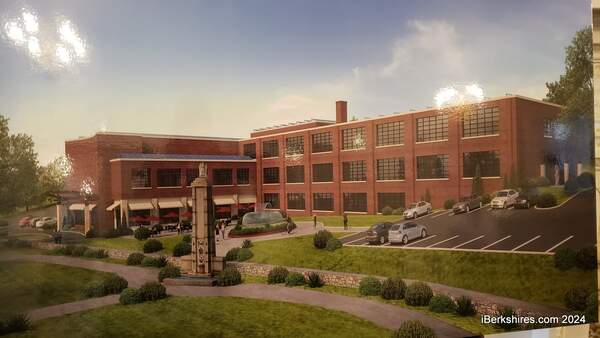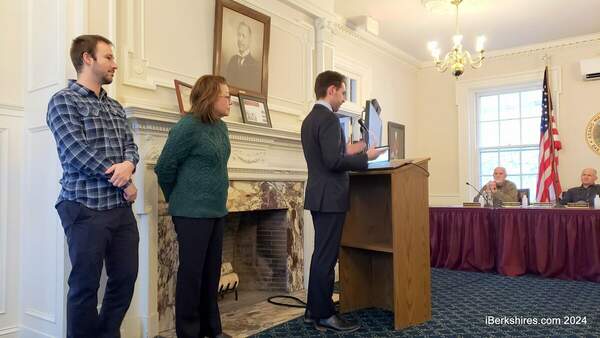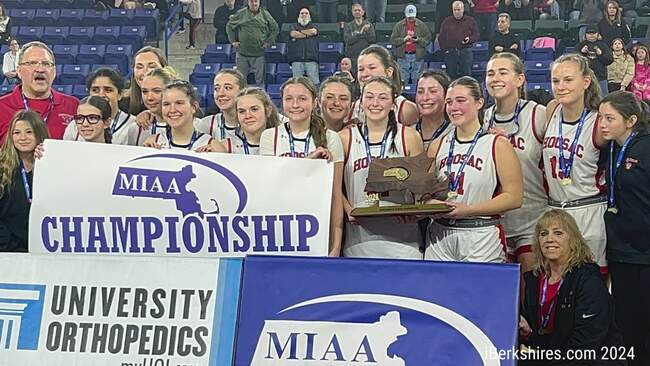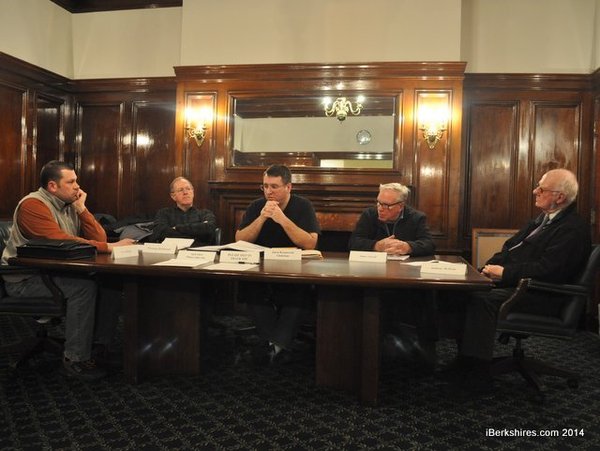
Adams Conservation Commission OKs Roundabout
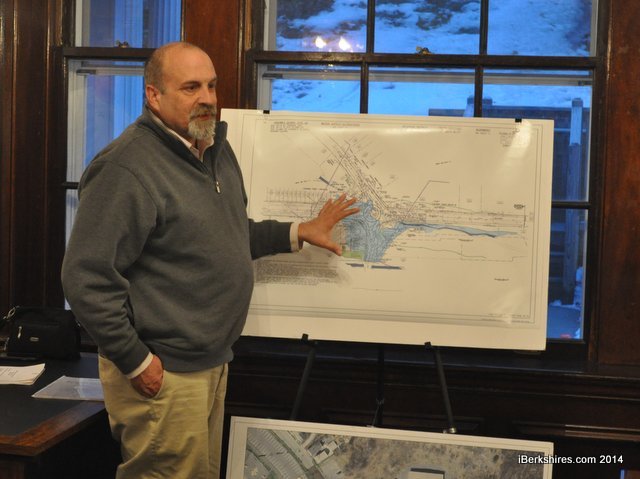 Dave Pickart, a wetland scientist, explains some of the environmental issues affected by the planned roundabout. Dave Pickart, a wetland scientist, explains some of the environmental issues affected by the planned roundabout. |
ADAMS, Mass. — The Conservation Commission last week approved the Friend Street roundabout project, in accordance to the land easements needed for the project, after speaking to a wetland scientist and a transportation developer.
Matt Chase, an associate of Vanasse Hangen Brustlin Inc., explained that the roundabout will be safer for both vehicles and pedestrians.
The new design by authorized the state Department of Transportation, and designed by VHB, will allow a shorter walking distance across Columbia Street (Route 8) because of the island in the middle.
"You are crossing 14 feet then you have a refuge to kind of stand and assess the situation, and then you can continue on to where you are going," Chase told the commissioners on Thursday. "So instead of crossing 35 feet, you have to move 14 feet, and this is going to make it a lot safer."
The roundabout will also force cars to slow down on a road known speeding. The speed limit drops as the two southbound lanes merge by Specialty Minerals, but drivers frequently continue at or near the highway speed coming into the dense neighborhood.
"It's been specifically designed so the driver will be aware that they are coming into something a lot faster and they need to slow down," Chase said. "That is going to channel that driver in, and they are going to slow down."
Roundabouts are typically designed for 15 to 20 mph, and Chase said it will cut drivers' speed in half.
Chase told the commission a flashing traffic light will be installed well before the roundabout to warn motorists when cars have slowed in the roundabout.
"It is not going to be a continuing static flasher," he said. "It will only flash when cars are in the roundabout so the driver won’t get used to seeing a sign or something flashing."
Because the intersection is so dangerous, many environmental restrictions have been lifted form the project and it is considered a "limited project."
"This is an intersection that is substandard currently," said Dave Pickart, a wetland scientist representing project. "Some of the streets coming into it operate at a letter 'F,' which is the lowest, and it's a high-crash location."
Pickart showed the board charts of potential problem areas that include the Upton stream, an intermittent swale, a vegetative wetland and the 100-year flood plain.
Repairs need to be made to the culvert that will allow water to move under the roundabout. After the repairs, Pickart explained that an impermeable membrane will be wrapped over the exposed culvert that will not allow water to percolate through the pavement and damage it.
More drainage will also be installed in the roundabout to combat heavy rains.
Pickart added that it is critical that major construction is done during a dry time of year, specifically, a low-flow time through July and September.
"The contractor will have to track the weather in advance of this, and he will not attempt to the work if any rain is predicted to come in a 48-hour period before the work time," he said.
Easements for the roundabout will be decided at a special town meeting on Monday night.
In addition to approving elements of the roundabout construction, the commission made plans to expedite the Greylock Glen project.
Commissioners voted to pay up to $4,000 to have William Lattrell, a certified wetlands scientist and restoration ecologist, go through the Greylock Glen and help review the area. The state has filed a notice of intent to develop 26 miles of trails in the glen and relocate the Thunderbolt as part of the project; the matter had been continued from December.
The project has been moving slowly because of disagreements between the town, which is acting as the developer, and the state.
"This board needs to be in a position to do everything they can in order to assist the town in expediting this process, and I understand that we have had situations where the state people and our people didn't necessarily agree on things that needed to be done, but what I would like to say is that we need to move forward," committee member Thomas Robinson said.
"We need to offer the town and the state every opportunity to come to a resolution to this problem."
Tags: conservation commission, Greylock Glen, roundabout,

